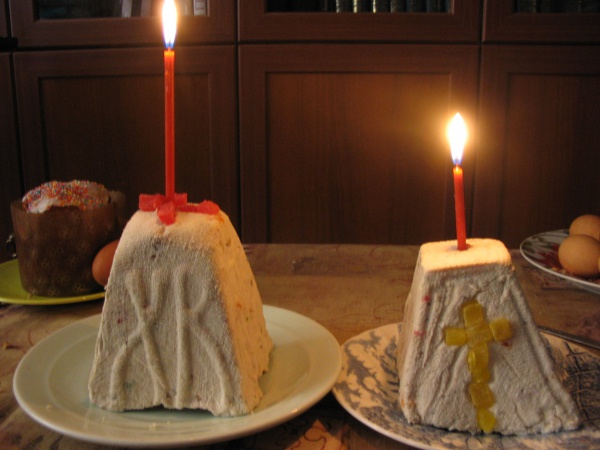Facts About Paskha
Paskha is a cherished traditional dish in Eastern Orthodox countries, particularly during Holy Week. It is a festive treat brought to church on Great Saturday to be blessed after the Paschal Vigil. The name "Paskha" is derived from "Pascha" the Eastern Orthodox celebration of Easter.
One popular variation of this dish is cheese paskha, made from quark, a type of fresh dairy product. Cheese paskha symbolizes purity, the Paschal Lamb, and the joy of the Resurrection. It is typically shaped using a mold that resembles a truncated pyramid, symbolizing either the Church or the Tomb of Christ. Often, it is decorated with religious symbols such as the "Chi Rho" motif and Cyrillic letters, highlighting Christ's Passion and Resurrection.
To make paskha, you will need ingredients like butter, eggs, sour cream, raisins, almonds, vanilla, spices, and candied fruits. There are two main types: cooked and uncooked. Cooked paskha is similar to an egg custard, while the uncooked version is a blend of raw curd and other ingredients at room temperature. For both types, the curd is pressed and sieved. In the cooked version, it is then heated, while in the uncooked version, it is simply mixed and molded. Once molded, the paskha sets for twelve hours before being unmolded, decorated, and served. Some modern recipes forgo the mold and serve it directly on a plate.
During Easter, paskha is traditionally placed in an Easter basket along with other festive foods and taken to church for a blessing. This dish is not just a culinary delight but also a significant religious symbol in Eastern Orthodox culture.

 Poland
Poland